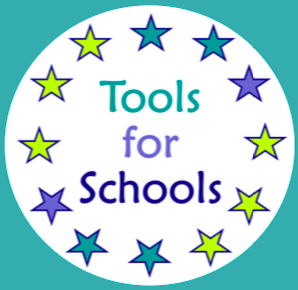



This strategy involves creating and customising a movement menu for your class and formalising ways for students to ask you for permission for a movement break
Children who are more hyperactive than others, and those who struggle with focus, will benefit from being able to move at very frequent intervals. There is lots of evidence that this improves their ability to focus. This strategy is to remind you to facilitate this as much as possible, as well as ensuring you have lots of options for different types of movement to hand
 Movement menu ideas
Movement menu ideas Movement menu template design 1
Movement menu template design 1 Movement menu template design 2
Movement menu template design 2 Movement menu example
Movement menu example Movement menu icons
Movement menu icons Classroom guideline suggestions
Classroom guideline suggestions When you can and can't move and groove
When you can and can't move and groove Moving Breaks template weekly planner
Moving Breaks template weekly planner Moving Breaks template one week one page planner
Moving Breaks template one week one page planner Signalling need for move and groove template
Signalling need for move and groove template Move and groove tracking table
Move and groove tracking table Reflection template
Reflection templateRelated strategies: See also Feet off the ground (rules and signals) and Building blocks for activity breaks